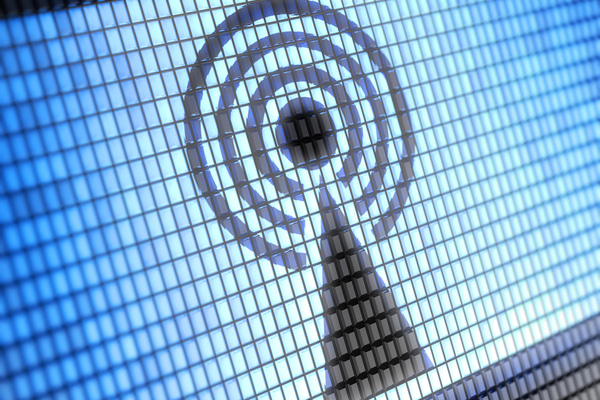It’s becoming increasingly normal for businesses to depend on reliable, secure wireless networks to keep their operations running smoothly. With the leaps and bounds of wireless technology and high-availability WLANs, the wireless world is not looking to slow down any time soon. But despite this, troubleshooting common wireless network issues can still be challenging for IT teams and businesses alike.
As Australia’s number one independently owned designer and distributor of world class network solutions, we’ve seen and heard it all when it comes to wireless network issues. Based on our decades of experience, we break down five common problems with wireless networks and how to solve them.
 1300 130 423
1300 130 423


